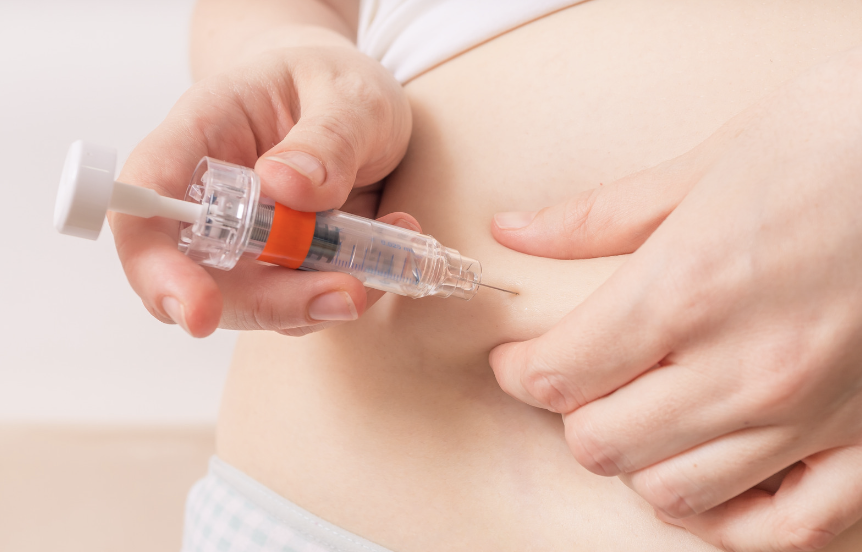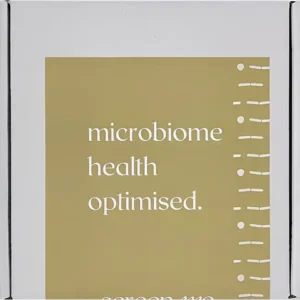3.5 million people in the UK are currently facing fertility issues and that number is on the rise. National fertility week, 1-5 November, aims to:
- Change perceptions of fertility and infertility
- Signpost support across all stages of fertility journeys
- Raise funds to enable important organisations to continue helping everyone facing fertility issues
Here are some trends and figures looking at the changes and improvements of fertility treatments to kick start this important week.
IVF birth rates in 2019 were three times higher than in 1991
IVF birth rates have increased over time with the average birth rate per embryo transferred being 24% in 2018, up from 7% in 1991. Figures for 2019 suggest a slowing in birth rates but trends are yet to be determined.
Clinical improvements have led to an increased chance of a live birth for all patients under 43. Where patients aged 35-37 and 38-39 had a live birth rate per embryo transferred of 6% in 1991, this has increased to 25% and 19% respectively in 2019.
Patients aged 43 and over have had birth rates of 5% and below per embryo transferred using their own eggs. Access to use of donor eggs has increase the chance of success for these patients to above 30%.
Not everyone has the same chance. Although live birth rates have increased over the past three decades for most age groups they have not for all ethnic groups. Recent reports on ethnic diversity in fertility treatment from hfea show substantial variation in outcomes by ethnicity, with Black patients having lower birth rates on average than any other ethnic group.  Figure 1: Birth rates per embryo transferred using patient eggs by age band, 1991-2018, provisional 2019 data (taken from hfea)
Figure 1: Birth rates per embryo transferred using patient eggs by age band, 1991-2018, provisional 2019 data (taken from hfea)
Reduction of multiple births is good news for fertility treatments
In the 1990s the practice of transferring back more than one embryo during treatment led to multiple birth rate of 28%. Multiple births pose a health risk for IVF patients and babies. In 2007 a campaign called ‘one at a time’ was launched and encouraged the use of single embryo transfers. Since then, the rate has fallen to 6% in 2019.
The hfea recent report on Ethnic diversity in fertility treatment highlighted that the multiple birth rate varied by ethnicity and Black patients experienced higher than average multiple birth from 2014-18. This should alert clinics to consider a review of their multiple birth policy where necessary.  Figure 2: Average multiple birth rate, 1991-2019 (taken from hfea)
Figure 2: Average multiple birth rate, 1991-2019 (taken from hfea)
Frozen embryo transfers have increased in use
Freezing techniques and live birth rates have improved. Frozen embryo transfers increased by 86% from 2014-2019, while fresh embryo transfers decreased by 15% in the same period. Typically patients will have a single fresh embryo transferred in their first cycle and additional embryos of suitable quality can be stored for subsequent cycles if necessary.
The improvements in freezing techniques have also made it possible for more patients to freeze their eggs. Use of egg freezing is on the rise and has been reported to have increased tenfold in the past ten years. This provides the opportunity for women who want to preserve their fertility to have children later in life, for patients who have medical conditions impacting their fertility and for transgender women undergoing treatment. Demand for egg freezing is expected to continue to increase.
Use of donor egg and sperm has increased
Although most IVF treatments use patient eggs and partner sperm cycles using donor eggs with donor sperm increased 50 fold from 27 cycles in 1991 to 1375 cycles in 2019. Similarly there has been a 22 fold increase in IVF cycles using donor eggs with partner sperm in 2019.
There has also been an increase in the use of donor sperm in the last 15 years. This is thought to be due to the normalisation of fertility treatment for same sex couples and single women.
Birth rates decline steadily with age of women when patients use their own eggs. Patients over the age of 40 have a 5% birth rate per embryo. However, this can be increased to above 30% when donor eggs are used. As a matter of fact birth rates per embryo are above 30% when using donor eggs at all ages. Having said that it has been found that only 17% of patients over 40 choose to use donor eggs as this can be a very difficult decision to make.  Figure 3:Birth rates per embryo transferred by age band and egg source, 2019 (taken from hfea)
Figure 3:Birth rates per embryo transferred by age band and egg source, 2019 (taken from hfea)
More people are having families later thanks to fertility treatments
According to ONS the average age at which woman have children has increased by 2.3 years to 30.7 since 1999. The has also been a slow increase in the average age of IVF patients in the same period.
The has also been a significant increase in the number of older patients choosing to undergo fertility treatment. Since 1991 number of IVF cycles undertaken by patients aged 40 and over has increased from 10% to 21%, whilst number of cycles involving patients aged 35 and under has fallen by 18%.  Figure 4: Proportion of IVF cycles by patient age group, 1991-2019 (taken from hfea)
Figure 4: Proportion of IVF cycles by patient age group, 1991-2019 (taken from hfea)
Fertility treatment enables more patients with different partner types to have genetically linked families
According to hfea’s family formation report family structures are changing, and the fertility sector is playing a major part in those changes by not just allowing more people with opportunity to become parents at older ages but also giving the opportunity of parenthood to same sex couples and single individuals.
Since 2009 there has been a four-fold increase in IVF cycles that involved a female partner rather than male and a two-fold increase in number of IVF cycles where no partner was involved.



